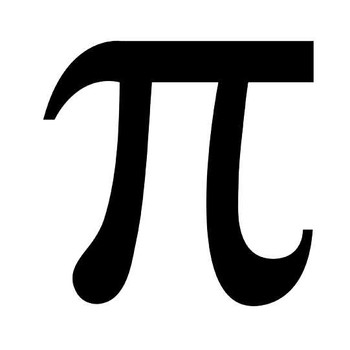Let #u=tan^-1((2x)/(1-x^2)), and, v=sin^-1((2x)/(1+x^2)).#
Note that, because of the Dr. of #u, x in RR-{+-1}....(ast)#
#:. x <-1, or, -1 lt x lt 1, or, x >1.#
Subst. #x=tantheta. because (ast), theta in (-pi/2,pi/2)-{+-pi/4}, &, theta=tan^-1x.#
#:. u=tan^-1{(2tantheta)/(1-tan^2theta)}=tan^-1(tan2theta), and, #
#v=sin^-1{(2tantheta)/(1+tan^2theta)}=sin^-1(sin2theta).#
Case (1) : #-1 lt x lt 0, and, 0 lt x lt 1.#
#:. tan(-pi/4) lt tantheta lt tan 0, &, tan0 lt tantheta lt tan(pi/4).#
Since, #tan# fun. is #uarr# in all quadrants, it follows that,
#-pi/4 lt theta lt 0, and, 0 lt theta lt pi/4.#
#:. -pi/2 lt 2theta lt 0, &, 0 lt 2theta lt pi/2.#
&, #:.# by the Defns of #tan^-1 and sin^-1# functions, we have,
#u=tan^-1(tan2theta)=2theta, and, v=sin^-1(sin2theta)=2theta.#
Thus, #u=2tan^-1x=v, if, -1 lt x lt 1.#
#"Therefore, the Reqd. Deri.="(du)/(dv)={(du)/dx}/{(dv)/dx},#
#={2/(1+x^2)}/{2/(1+x^2)}=1, if -1 lt x lt 1.#
Case (2) : #x > 1.#
#:. tantheta > tan(pi/4) rArr theta > pi/4...[because, tan" is "uarr"]#
Preferably, #pi/4 < theta < pi/2 rArr pi/2 < 2theta < pi.#
#rArr pi/2-pi < 2theta-pi < pi-pi, i.e., -pi/2 <2theta-pi < 0.#
Then, #tan(2theta -pi)=-tan(pi-2theta)=-(-tan2theta)=tan2theta.#
#:. u=tan^-1(tan2theta)=tan^-1(tan(2theta-pi))," where "(2theta-pi) in (-pi/2,0) sub (-pi/2,pi/2).#
#:.# by the Defns. of #tan^-1 and sin^-1# functions, we get,
#u=2theta-pi=2tan^-1x-pi;#
#"Also, "sin(2theta-pi)=-sin(pi-2theta)=-sin2theta#
#:. sin2theta=-sin(2theta-pi).#
#:. v=sin^-1(sin2theta)=sin^-1(-sin(2theta-pi))=-sin^-1(sin(2theta-pi))=-(2theta-pi)=pi-2tantheta=pi-2tan^-1x, (x >1)#
#:." The Reqd. Deri.="{2/(1+x^2)-0}/{0-2/(1+x^2)}=-1, if x >1.#
Case (3) : #x lt -1.#
In this case, #x lt -1 rArr theta lt -pi/4.#
We take, #-pi/2 lt theta lt -pi/4 :. -pi lt 2theta lt -pi/2.#
#:. 0 lt (pi+2theta) lt pi/2 rArr (pi+2theta) in (0,pi/2) sub (-pi/2,pi/2).#
Also, #tan(pi+2theta)=tan2theta, &, sin(pi+2theta)=-sin2theta.#
#:. u=tan^-1(tan2theta)=tan^-1(tan(pi+2theta))=pi+2theta=pi+2tan^-1x,#
and, #v=sin^-1(sin2theta)=sin^-1(-sin(pi+2theta))=-sin^-1(sin(pi+2theta))=-pi-2theta=-pi-2tan^-1x, (xlt-1.)#
#:. (du)/(dv)=-1, xlt-1.#


